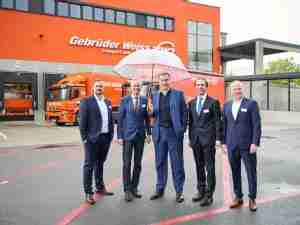'The successful implementation is a milestone for John S. James Co. as it moves into 2012. John S. James Co. has significantly grown in our market niche over our 70 year history,' explains Len James, CFO of the Savannah-based company, 'Our growth is based on leveraging the best technology to deliver more customized services. We were essentially looking for technology that is future proof' that can grow with us as we expand into new markets.
'The move to IES was a logical step for us,' continues Mr. James, 'IES solutions are flexible and cover all aspects of our business. The software helps close the information gap that exists between what's happening in the real world and the information systems world. In particular, the integrated accounting product has helped us to examine key metrics within our organization and streamline controls.'
The company describes how previous technology providers required them to act in more of an IT capacity. This expectation only served to detract from their overall directive. In contrast, IES serves more as an IT partner, 'IES takes care of the entire gamut of running its applications, from maintenance, to upgrades and enhancements to regulatory changes. This frees us to do what we do best' moving freight. The technology is an enormous resource for our company and a springboard for our business.'
Commenting on the launch, Mr. James explains, 'From the time of uptake to the time the system went live, the exceptional implementation management provided by IES was the cornerstone for the success of the rollout. Essentially, IES has provided us with the highest caliber of IT experts and infrastructure that has enabled us to focus on our core business objectives, accelerate information flow and improve efficiency. The resulting effect is a lower cost of operation that has allowed us to meet our customer demands in a timely and cost effective manner.'









